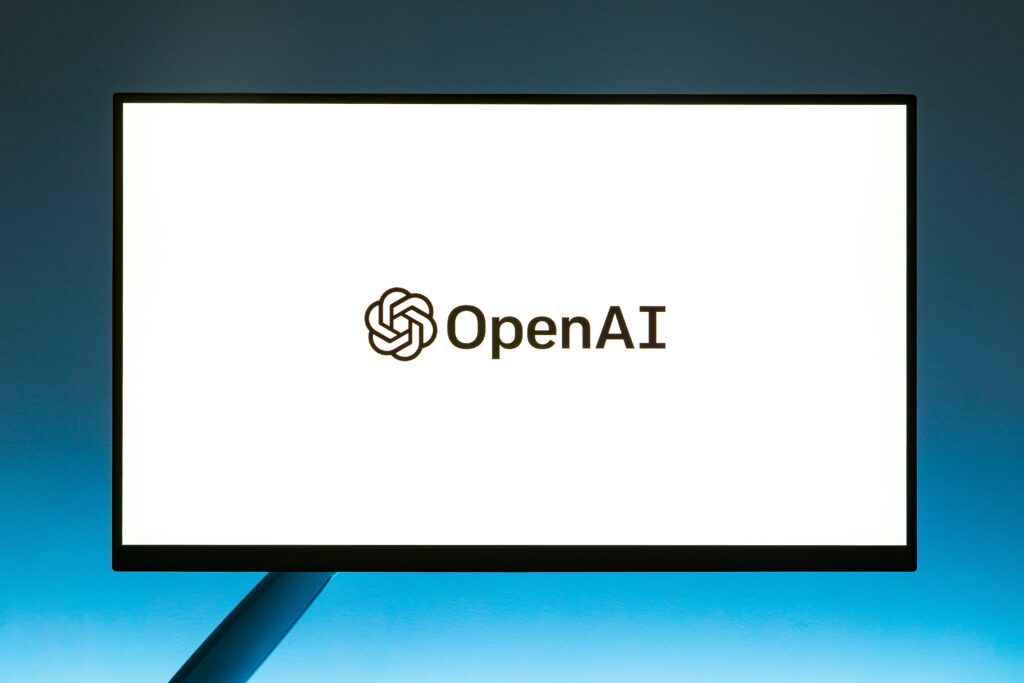Discuss how open learning principles can make education more accessible and inclusive. Reflect on a situation where open learning could transform educational outcomes.
Open learning makes education more accessible and inclusive as it reduces many learning barriers such as cost, rigid schedules, and limited resources. It enables learners to continue learning. For example, as this course is online it can be considered as open learning, which has allowed me to continue my learning with UVic in the summer, even though I am not in Victoria and have a busy schedule. Since I am able to take summer classes online, I will not have to take an extra year for school.

How have historical advancements in educational technology shaped modern educational tools and philosophies? Choose one innovation and explore its impact on today’s learning environments.
Historical advancements in educational technology have shaped modern educational tools and philosophies as new ways to learn, access education, and communicate develop. There is always new technological advancements that have a big impact on education, such as the recent rise of AI. AI is such a powerful tool that can be beneficial, but also detrimental. It uses users history to provide customized content, which can be seen as personalized learning. Another, more historic, innovation is Wikis. As anyone can edit these sites, they foster a collaborative learning environment. This can also be detrimental as information may not come from a professional, making it an unreliable source. Today collaborative learning environments can be seen in classrooms for group assignments.
Evaluate how the shift from traditional to digital, learner-centred platforms has transformed educational settings. Share your views on how these technologies can further evolve to enhance learning.
The shift from traditional to digital, learner-centred platforms has transformed educational settings by increasing accessibility as well as engagement. Digital platforms allow learners to participate no matter their location or schedules. Digital platforms are also often more engaging for students, especially with the rise of gamification. These technologies are evolving everyday to enhance learning. I think AI will continue to evolve to enhance learning and provide learners with more one-on-one support. Having stimulation technologies would also be beneficial for learners. This would promote John Dewey’s learning theory of Constructivist leaning as students will be more active in their learning. A stimulation would allow students to actively go back in time to learn about history or go places around the world instead of just reading about them.
“Students learn best by actively engaging with the material rather than passively receiving information”
– John Dewey
Connect the theories and technological developments to current educational practices. Discuss an example from your readings or personal experiences where these theories have been effectively applied or could have been implemented to improve learning.
Many theories and technological developments connect and can be seen in current educational practices. For example, many online games, such as my personal favourite Kahoot, connect to behaviouralism as they reward learners. Online games also connect to cognitivism as students are more active in their learning as they solve problems and strategize. Collaborative platforms, like Wikis as previously mentioned, align with constructivist views as students are more active in constructing their knowledge. They are learning from one another. I think it is important to apply all of these theories in education, as they each serve their own benefits and help students learn in the most effective manner. It is good to have a variety of learning methods, as one method will not be the most effective for every learner.
Consider the role of multimedia resources in enriching educational experiences. Provide an example where multimedia has contributed to learning.
Multimedia resources are very important in enriching educational experiences as they combine text, images, audio, and interactive elements. As these resources combine a variety of elements, they are connecting to multiple learning theories, and making the resource suitable for a wide audience of differing needs and learning styles, making it more accessible. An example of a multimedia resource is CrashCourse. CrashCourse offers a variety of educational videos. The text, animations, and interactivity always captures my attention and helps me learn better.

July 23, 2024 at 8:07 am
Hi Abby great blog,
I really like how you included quotes that were relevant to the topic of your post in your blog that really added a nice feel and broke up the pacing of your blog. I will definitely be poaching that technique and do the same in my next blog post.
I like how you picked wikis as a big step forward in digital education tools. For me that is such a ubiquitous part of education that I just consider that as the default and I hadn’t really thought of a time before those existed.
Great work!
July 23, 2024 at 4:48 pm
Hi Abby,
Thank you for your post. I agree your point that multimedia resources are very important in enriching educational experiences as they combine text, images, audio, and interactive elements. I also prefer learning with these things rather than just reading. I can relate that this captures my attention and helped me learn better. By the way, I like you used John Dewey’s phrase to highlight your point. Great post!
Ahyun